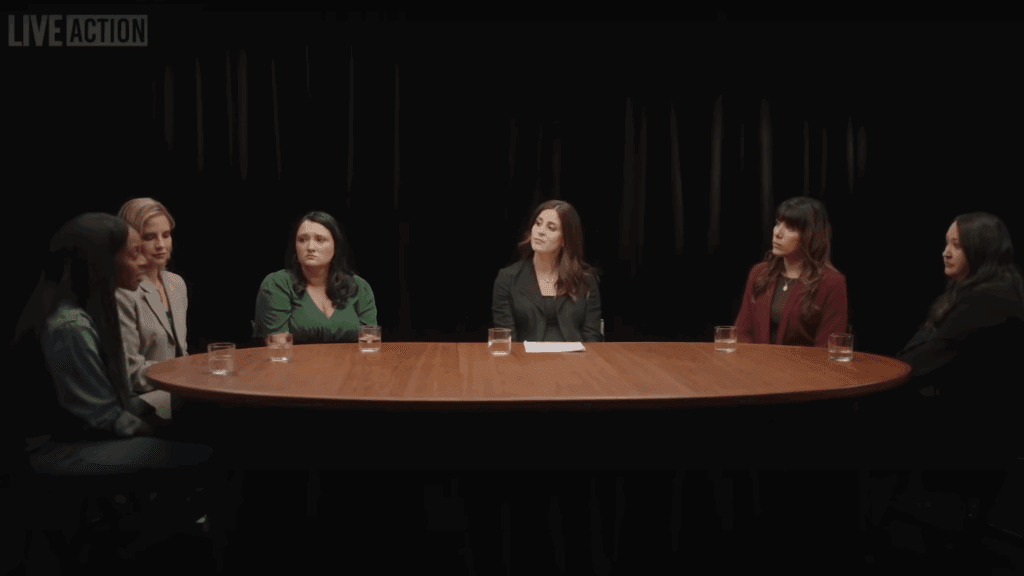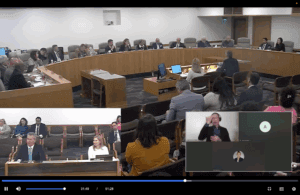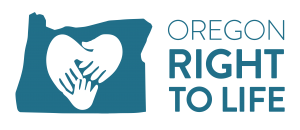(Oregon Right to Life) — Abortion survival is a subject rarely acknowledged by pro-choice activists. But when abortion survivors themselves speak out, they humanize the unborn and draw attention to the violence of abortion.
Late last year, in an episode of Live Action’s video series Face To Face, abortion survivors sat across the table from post-abortive mothers to share their stories and extend sympathy and understanding toward one another.
“My birth mother did not know that I had survived her abortion,” said abortion survivor Melissa Ohden, who spoke at Oregon Right to Life’s Together We Advocate conference earlier this year. Ohden noted that she had survived a saline abortion, but her mother was never told that her abortion had failed.
“The day that they induced her labor, they told her it had been successful,” she told the panel. “I will probably never know how I ultimately was placed for adoption, but what I do know is that my [adoptive] mom and dad first met me when I was still lying in an incubator full of tubes and wires, fighting for my life.”
Ohden ultimately met her birth mother and learned her story. The two now share a close relationship, and Ohden’s adoptive parents have subsequently formed a connection with her as well.
Claire Culwell, who survived her mother’s D&E [dilation and evacuation] abortion that ended the life of her twin, told the panel she never struggled to forgive her mother, who was just thirteen years old at the time and acting under the direction of her mother. Though it was more difficult, Culwell said she extended forgiveness to her grandmother as well, honoring her adoptive family for modeling that forgiveness and recognizing that her grandmother also lacked a strong support system to help her choose life.
Abortion survival isn’t isolated to Melissa and Claire’s personal experiences.
Survival of failed abortions a real occurrence that shines a spotlight on the humanity of the unborn and what abortion really is. And while many abortion-surviving babies tragically succumb to their injuries and die after being removed from their mother’s wombs, some – like Ohden – grow into adulthood and tell their stories.
In 2022, Canadian social media personality and radio entrepreneur Charlie Rousseau said she learned that her lifelong physical disabilities had been caused by a failed abortion attempt.
Born with one arm, four missing fingers on her hand, and shortened legs, Rousseau said she didn’t even think about her disabilities until she was a teenager. When she ultimately talked to her mother about her physical limitations, she learned that her mother had had a failed abortion.
“My mother decided to have an abortion but… it went wrong,” she told the Daily Mail’s women’s section, FEMAIL. “The doctor allegedly told my parents to keep the baby even though the abortion process wasn’t finished. They could’ve taken it further, they could’ve taken the hospital to court but we were living in a small town and my parents didn’t want to make a big deal.”
In a statement to FEMAIL, Right To Life UK spokesperson Catherine Robinson said: “These cases of failed abortion show what really happens in an abortion. In most abortions, the main victim of abortion, the unborn baby, is never seen. In cases of failed abortion though, the person who would have been the victim of abortion is there for all of us to see.”
WATCH: Oregon abortion survivors Amy Miles and Michelle Lyman share their stories
The CDC estimates that, between 2003 and 2014 (the most recent reporting available), approximately 143 babies were born alive but did not ultimately survive after failed induced abortions. It’s unclear whether action was taken to attempt life-saving care – witness statements and recorded remarks from a late-term abortion doctor suggest that fatal neglect in such cases do at times occur. The CDC notes that “it is possible that this number (143) underestimates the total number of deaths involving induced termination.”
The Abortion Survivors Network places the number of abortion survivors far higher than the CDC, estimating that approximately two in every 1,000 babies survive abortions, or 1,734 every year.
Pro-life advocates have long pushed for federal and state legislation to enshrine explicit protections for babies who survive abortion attempts.
The 2002 Born-Alive Protection Act, which is already federal law, defines infants who survive abortion as “persons” – but it doesn’t specify standards of care. While infanticide is illegal, the lack of clearly defined protections for babies born alive during abortions makes them vulnerable to medical neglect, triggering ongoing efforts by pro-life advocates and lawmakers to implement specific requirements that abortion providers sustain the life of newborns who survive abortions.





